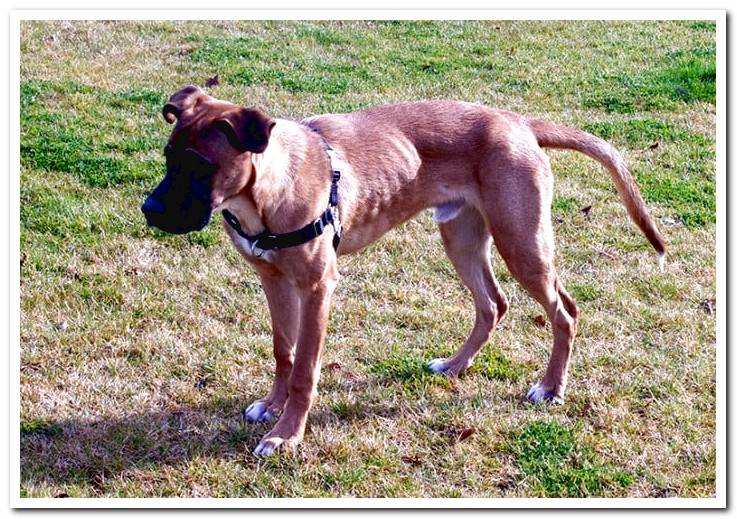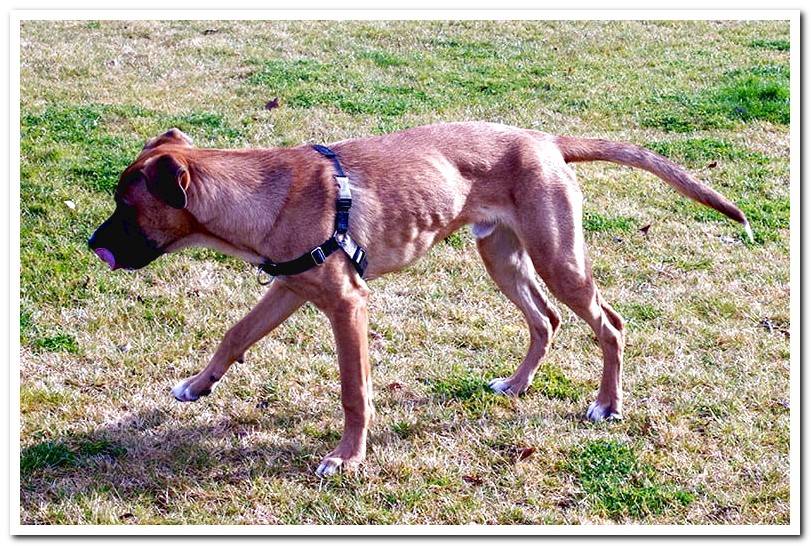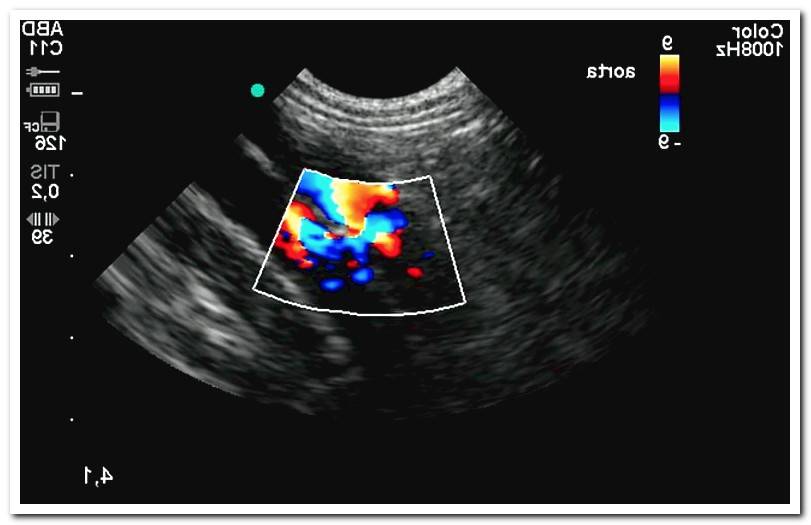
In reality, malabsorption is not a disease in itself, but the consequence of some ailment that will affect the small intestine or pancreas. Diagnosis can be complex.
If we suspect that our dog suffers from this problem, we must prepare ourselves to perform tests such as biopsy and the treatment will depend on the cause behind this syndrome. Let’s see in more detail that it can cause poor absorption by the intestine.
Index of contents
- 1 What does malabsorption syndrome consist of?
- 2 Symptoms of malabsorption syndrome
- 3 What are the causes of malabsorption syndrome?
- 4 Diagnosis of malabsorption syndrome
- 5 What is the treatment for malabsorption syndrome?
- 6 Malabsorption syndrome prognosis
What does malabsorption syndrome consist of?
As its name indicates, a dog with a malabsorption problem will not be able to digest food or its small intestine fails to absorb the nutrients resulting from the digestion process.
The main function of the small intestine is the digestion and absorption of nutrients. For its part, the pancreas is responsible for secreting most of the digestive enzymes. Therefore, problems in both organs are related to malabsorption syndrome.
Symptoms of malabsorption syndrome
If our dog shows one or more of these symptoms, it is very likely that he suffers from malabsoción syndrome:
- Low weight, indicating that malabsorption is already severe or chronic.
- Malnutrition, decreased muscle mass.
- Huge appetite, which is called polyphagia, but there may also be appetite loss and anorexia.
- Coprophagy and itches, to try to get nutrients.
- Diarrhea with three or four bowel movements daily.
- Diarrhea with a very unpleasant odor in cases of bacterial overgrowth.
- Very copious, foul-smelling, excessively fatty stools, called steatorrhea.
- Undigested food in the droppings.
- The hair around the anus may appear greasy.
- Flatulence.
- Excessive bowel sounds
- Chronic vomiting, which is usually yellowish white.
- Abdominal pain.
- Dehydration
- Anemia.
- Ascites and edema, which is the accumulation of fluid in the abdomen and other parts of the body.

What are the causes of malabsorption syndrome?
It is considered that certain conditions may predispose to the appearance of malabsorption. The vet has to differentiate, among all of them, which one is affecting our dog. They are as follows:
- Exocrine pancreatic insufficiency, since with this disease the digestive enzymes that are in charge of the correct digestion of food are not produced.
- Infectious enteritis that causes permanent damage to the intestinal lining.
- Inflammatory bowel disease, an immunomediated and idiopathic pathology that ends up destroying the intestinal mucosa.
- Surgical removal of a considerable fragment of the small intestine, which can lead to paralysis.
- Diseases of the small intestine, such as idiopathic hairy atrophy. In it the villi of the small intestine, which serve for the absorption of nutrients, are poorly developed. It is more common in the German Shepherd.
- Gluten sensitivity enteropathy, which is hereditary and has been described in the Irish Setter.
- Intestinal tumors such as lymphosarcoma.
- Bacterial overgrowth in the small intestine, which implies a very abundant and abnormal bacterial flora that replaces the normal one. It is more frequent in the German Shepherd, Basenji and Shar pei. It can also be associated with some of the diseases mentioned, but its cause is unknown.
Diagnosis of malabsorption syndrome
In many cases, when a dog has diarrhea, it is usually treated as a digestive disorder, of greater or lesser severity. Therefore, sometimes, the dog with symptoms such as those described is treated according to the gastroenteritis protocol.
When seeing that the symptoms persist or the condition of the dog worsens, it is when the possibility of a malabsorption syndrome begins to be considered. Stool analysis, abdominal ultrasound, or endoscopy may be used to make the diagnosis, but definitive confirmation is made by performing an intestinal biopsy.

What is the treatment for malabsorption syndrome?
Any treatment for malabsorption has to be based on identifying the disease that is causing it, which is what it is all about. In any case, it is based on diet and medication, depending on the symptoms that appear. Drugs such as antibiotics, immunosuppressants or corticosteroids stand out.
As an example, gluten-free diets are prescribed for hairy atrophy. An overgrowth of intestinal bacteria often improves with antibiotics. For exocrine pancreatic insufficiency enzyme and vitamin supplements are prescribed, the daily ration is divided into two or three meals and an adequate diet is established.
Gastric protectors are also sometimes administered. We must bear in mind that, because it can be caused by a large number of diseases, it is not easy to intervene in this syndrome.
Malabsorption syndrome prognosis
The prognosis depends on the cause of the malabsorption. For example, if it is due to pancreatic insufficiency, the prognosis is usually good, provided that the dog follows the recommended treatment. On the other hand, the prognosis is poorer the more complicated the pathology that affects the small intestine.
